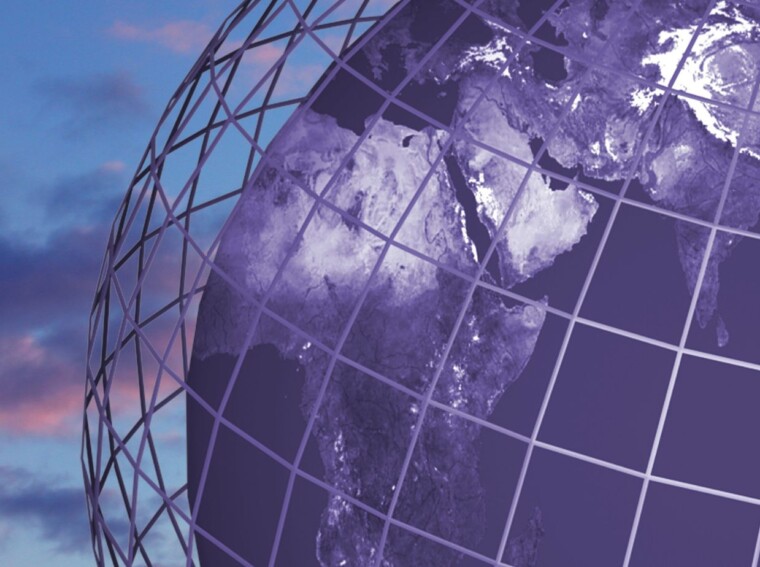10°24’57.8″N 23°25’00.8″E
If you’re looking to explore a fascinating location with intriguing coordinates, let me introduce you to 10°24’57.8″N 23°25’00.8″E. These specific coordinates mark a point on our planet’s surface, pinpointing a place that holds its own special significance. Nestled within these numbers lie the potential for discovery and adventure.
Located at 10 degrees, 24 minutes, and 57.8 seconds north latitude, and 23 degrees, 25 minutes, and 00.8 seconds east longitude, these coordinates represent a unique spot on Earth. As we delve into the mysteries of this location, we’ll uncover its hidden wonders and unravel the stories it has to tell.
With these precise coordinates in hand, we embark on a journey of exploration where captivating landscapes await us. From stunning vistas to remarkable landmarks or perhaps even unknown territories waiting to be discovered – there’s no telling what lies ahead when we venture into the realm defined by those numbers.
So fasten your seatbelts as we dive deeper into the world of 10°24’57.8″N 23°25’00.8″E – an adventure awaits!
What does 10°24’57.8″N 23°25’00.8″E mean?
Well, it’s actually a set of coordinates that represents a specific location on the Earth’s surface. These coordinates are based on the latitude and longitude system, which is commonly used to pinpoint any place on our planet.
In this case, the coordinates 10°24’57.8″N 23°25’00.8″E refer to a point that is approximately 10 degrees, 24 minutes, and 57.8 seconds north of the equator, and 23 degrees, 25 minutes, and 00.8 seconds east of the prime meridian.
Using latitude and longitude coordinates allows us to precisely locate any spot on Earth’s surface, from major cities to remote islands or even natural wonders like waterfalls or mountains. These coordinates play a crucial role in navigation systems like GPS (Global Positioning System) and help us navigate with accuracy across land, air, and sea.
It’s worth noting that latitude measures distances north or south of the equator while longitude measures distances east or west of the prime meridian (which passes through Greenwich in London). Together, these two sets of numbers provide an exact location reference for any place on our planet.
So next time you come across a set of coordinates like 10°24’57.8″N 23°25’00.8″E, remember that they represent an incredibly precise way to identify a specific point on Earth – opening up endless possibilities for exploration and discovery!

The significance of latitude and longitude
These coordinates, represented by numbers and degrees, play a crucial role in our understanding of location on the Earth’s surface. Let’s delve into why latitude and longitude are so important:
- Precise Positioning: Latitude and longitude provide us with a precise way to pinpoint any location on the planet. While latitude measures north-south position, longitude determines east-west position. Together, they form a grid system that allows us to navigate and communicate locations accurately.
- Navigation and Travel: From ancient explorers to modern-day adventurers, understanding latitude and longitude has been instrumental in navigation. By using these coordinates along with navigational tools like compasses or GPS systems, we can plot our course across vast oceans or traverse unfamiliar lands.
- Time Zones: The concept of time zones relies heavily on longitudinal measurements. Every 15 degrees of longitude represents one hour of time difference from Greenwich Mean Time (GMT). This division helps synchronize time globally, enabling efficient communication and coordination across regions.
- Weather Forecasting: Meteorologists rely on a network of weather stations around the world that provide real-time data on temperature, pressure, wind patterns, and more. By incorporating latitude and longitude information into their models, scientists can accurately predict weather conditions for specific locations.
- Cartography: Latitude and longitude serve as the foundation for creating accurate maps that depict our planet’s features in detail. Cartographers use these coordinates to establish reference points for drawing borders, labeling cities, rivers, mountains, and other geographical elements.
- Research and Science: Scientists studying various disciplines such as ecology, geology or climatology heavily depend on knowing precise locations when collecting data in the field or analyzing global patterns over time.
7.Communications Infrastructure: Telecommunications networks rely on latitude and longitude information to route phone calls or internet traffic efficiently between different regions across the globe.
In conclusion
Latitude and longitude are integral to our understanding of location, navigation, weather forecasting, and various scientific endeavors. These coordinates provide a universal language for mapping the Earth’s surface and facilitating accurate communication. So, whether you’re an explorer or simply trying to find your way around a new city, the significance of latitude and longitude cannot be underestimated.
Please note that the table format is not applicable in this section.

